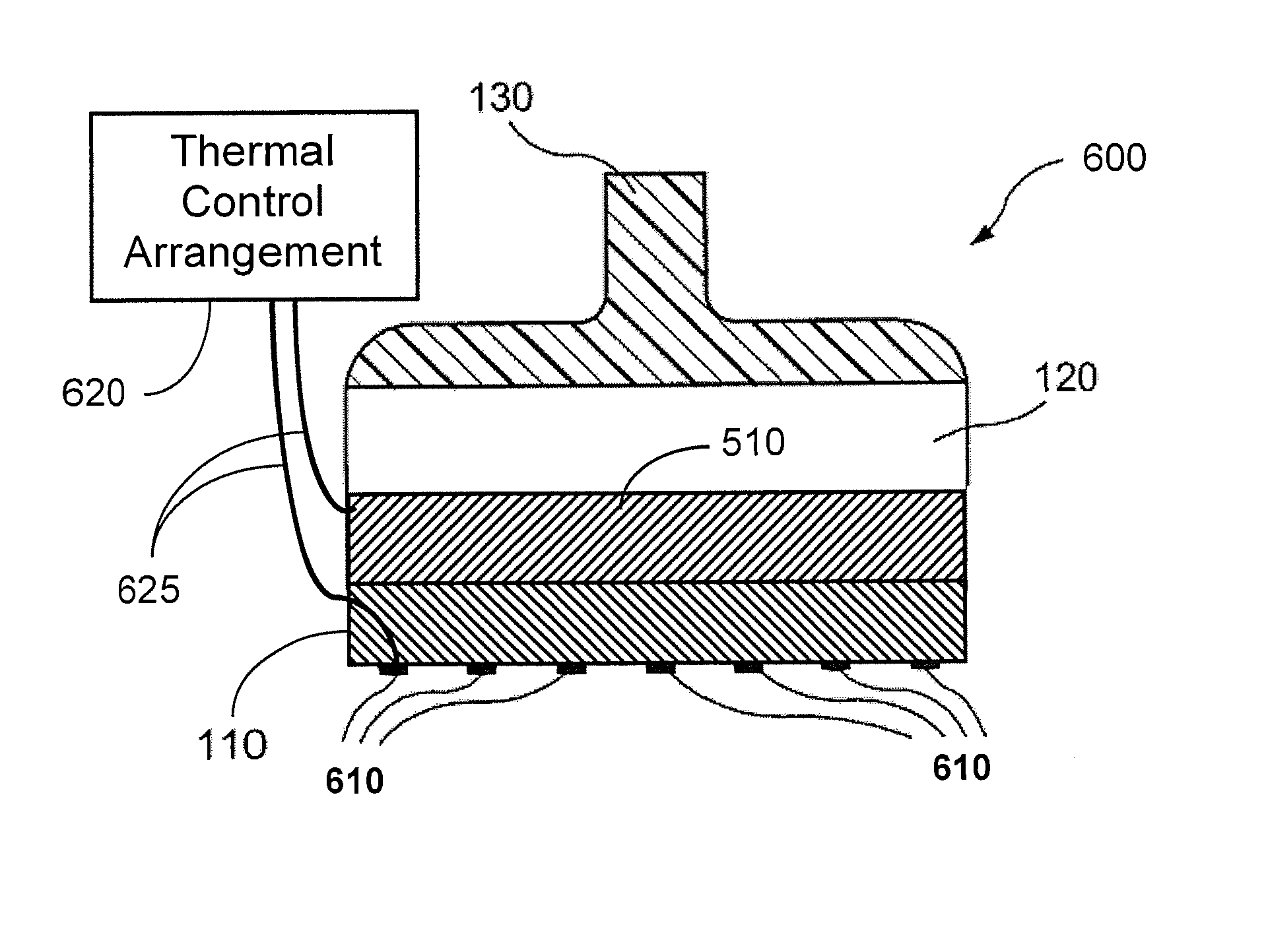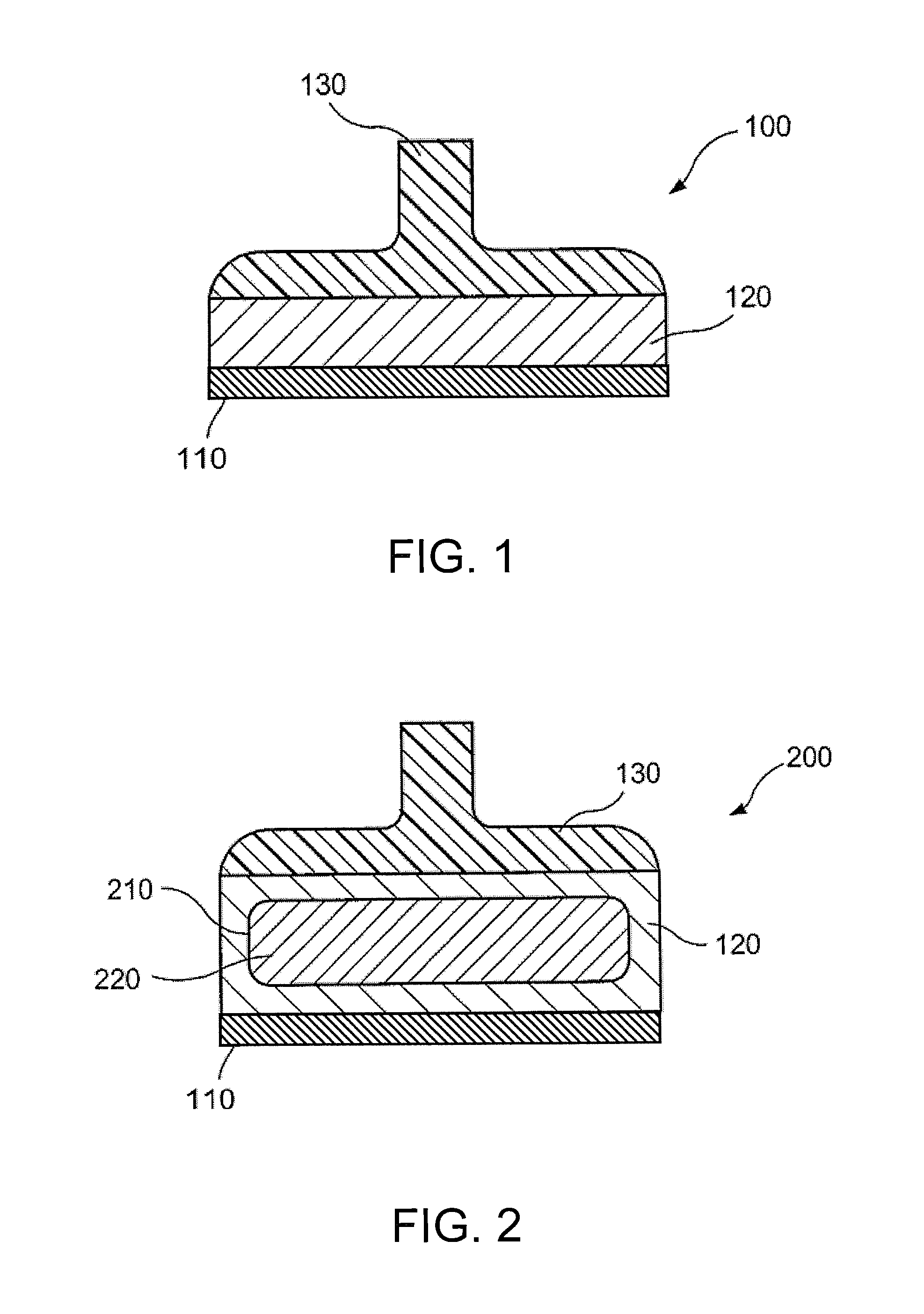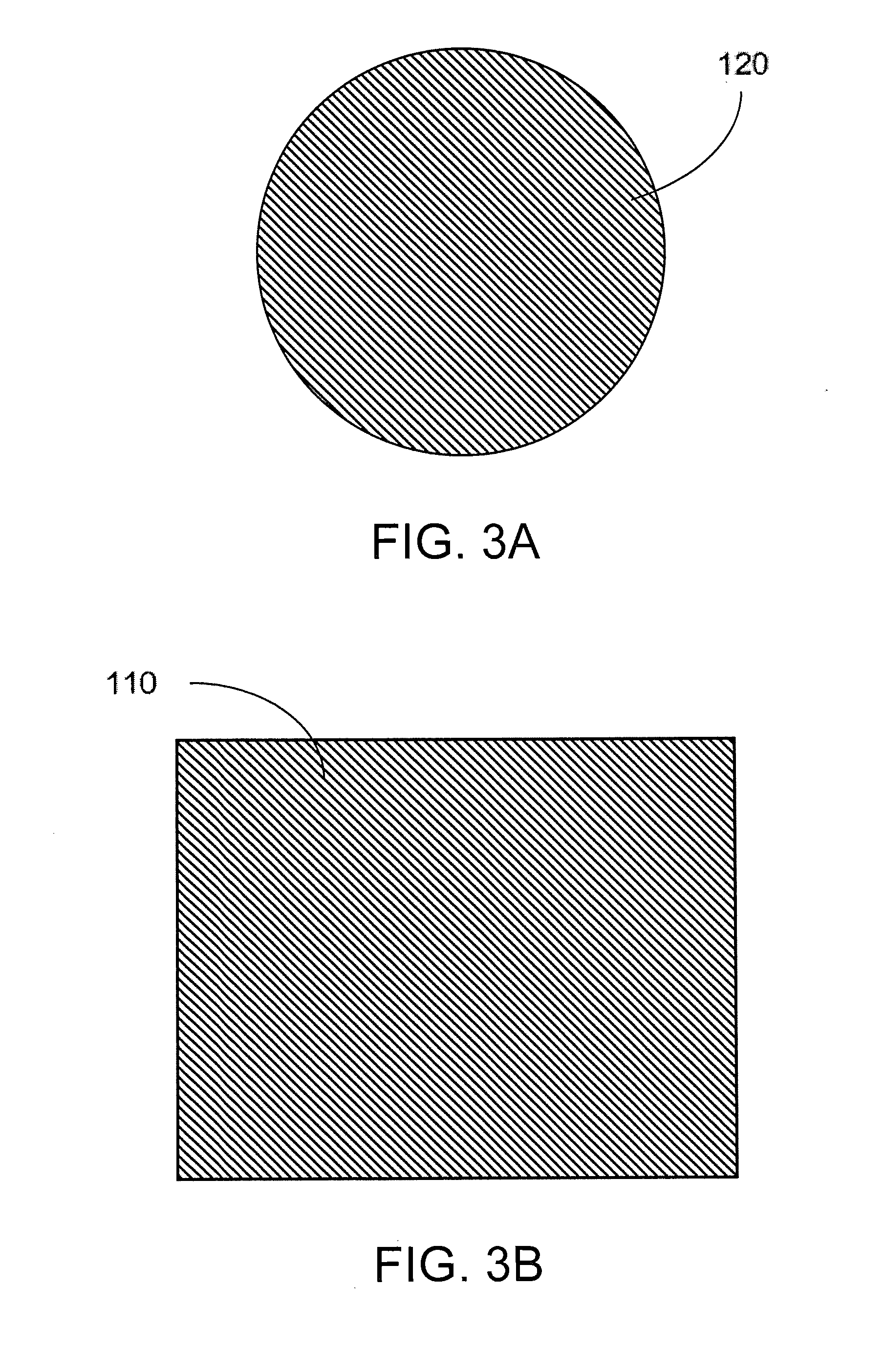Method and apparatus for cryogenic treatment of skin tissue
a skin tissue and cryogenic treatment technology, applied in medical science, surgical instruments for cooling, surgery, etc., can solve the problems of severe tissue freezing, hyperpigmentation, and cellular damage, and achieve the effects of improving the general appearance of the skin, reducing swelling, and reducing swelling
- Summary
- Abstract
- Description
- Claims
- Application Information
AI Technical Summary
Benefits of technology
Problems solved by technology
Method used
Image
Examples
Embodiment Construction
[0007]The herein described embodiments pertain to a cosmetic method and apparatus. Synergetic effects may arise from different combinations of the features and embodiments described herein, although all such combinations might not be described in detail. Further, it shall be noted that all embodiments of the present disclosure concerning a method, might be carried out with the order of the steps as described, nevertheless this has not to be the only and essential order of the steps of the method. All different orders and combinations of the method steps are herewith described.
[0008]Exemplary embodiments of the present disclosure relate to non-invasive methods and apparatus for controlled cooling and freezing of skin tissue, which can reduce an overall pigmentation of an area of skin using cryogenic techniques. In one exemplary embodiment of the present disclosure, an apparatus can be provided for cooling or freezing large continuous regions of skin to produce a lightening of the ski...
PUM
 Login to View More
Login to View More Abstract
Description
Claims
Application Information
 Login to View More
Login to View More - R&D
- Intellectual Property
- Life Sciences
- Materials
- Tech Scout
- Unparalleled Data Quality
- Higher Quality Content
- 60% Fewer Hallucinations
Browse by: Latest US Patents, China's latest patents, Technical Efficacy Thesaurus, Application Domain, Technology Topic, Popular Technical Reports.
© 2025 PatSnap. All rights reserved.Legal|Privacy policy|Modern Slavery Act Transparency Statement|Sitemap|About US| Contact US: help@patsnap.com



